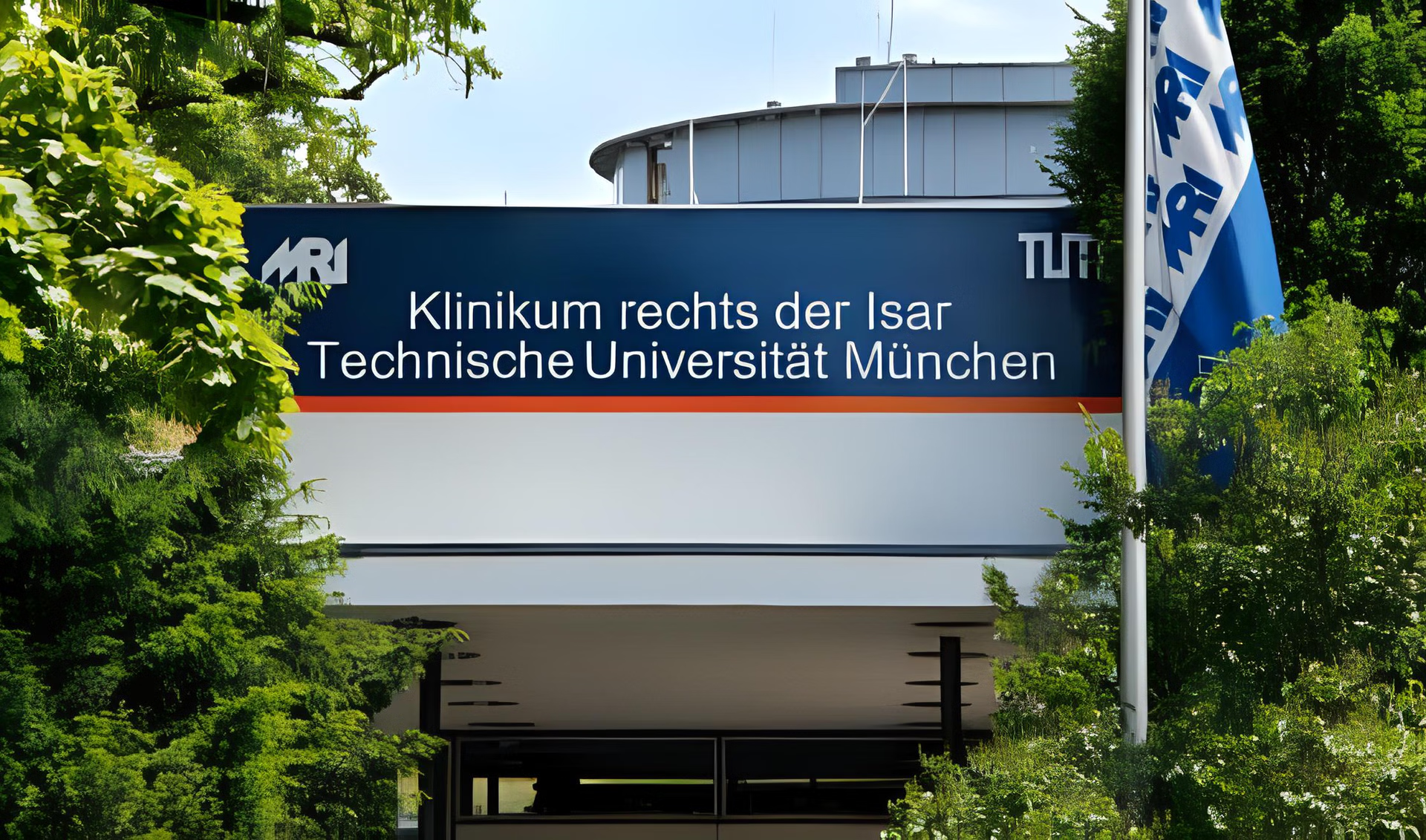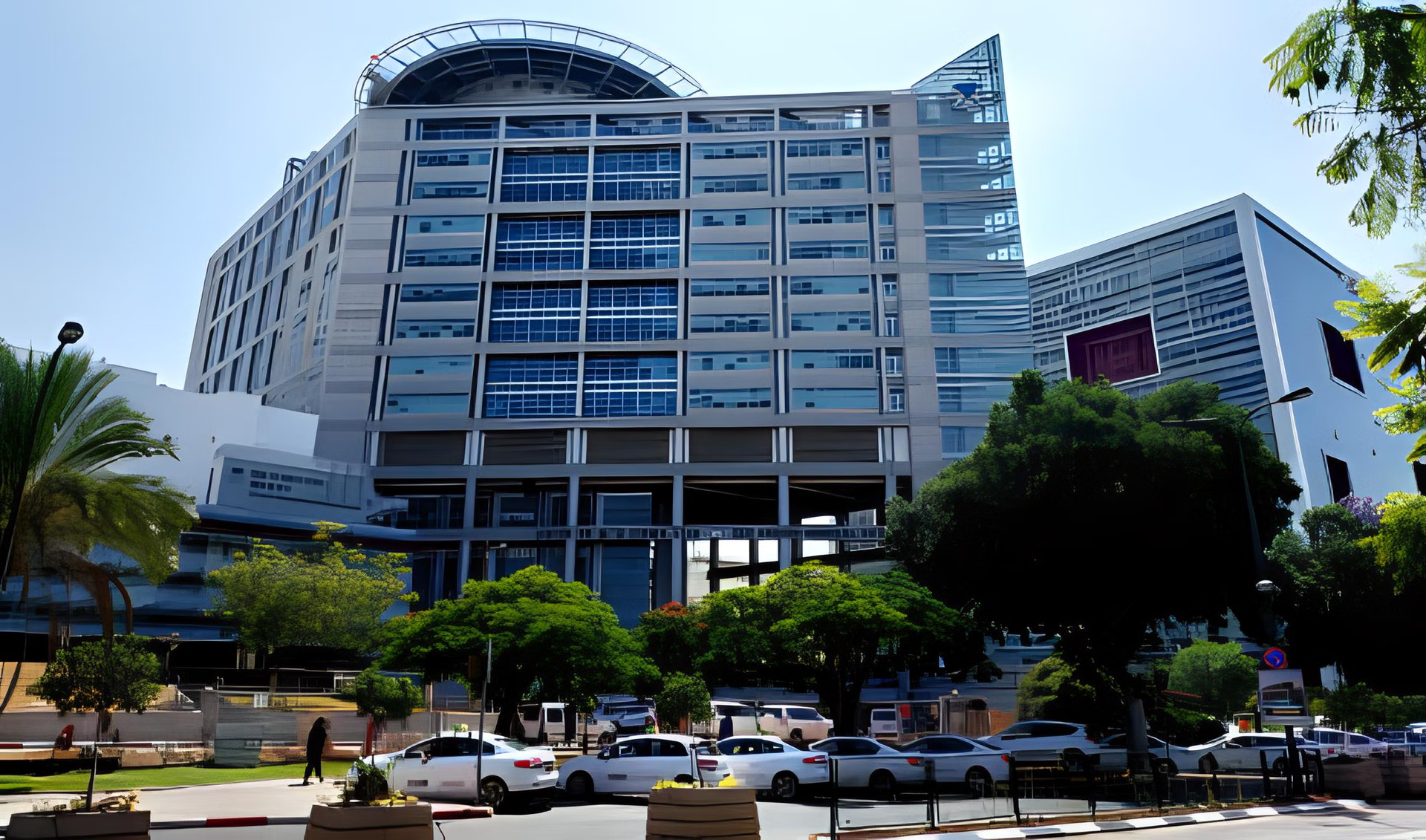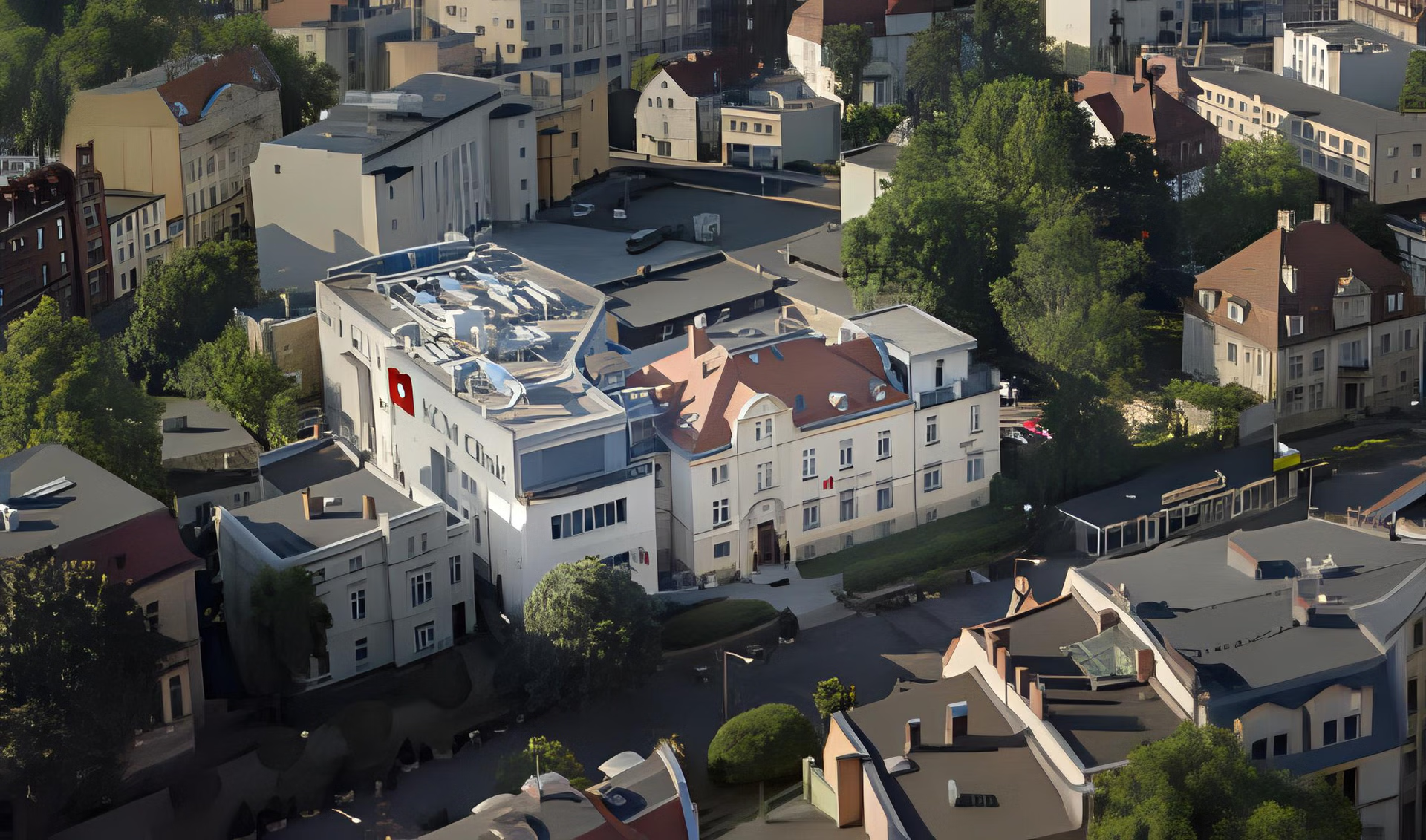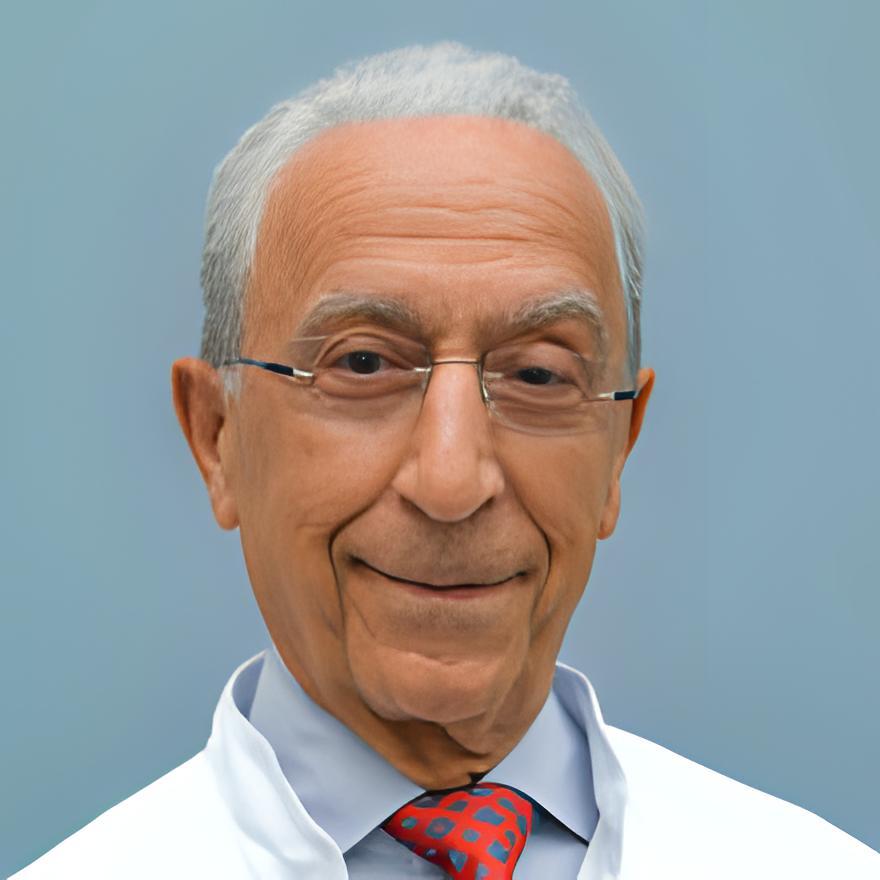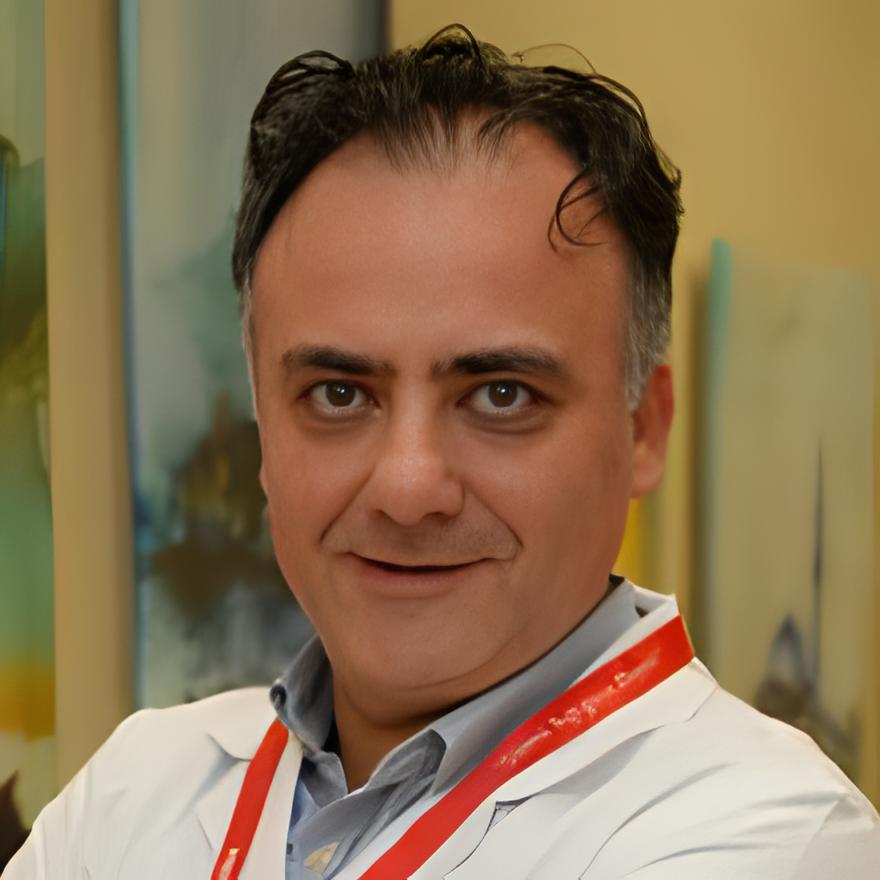Brain Cancer Guide

Due to the American Cancer Society, there is less than a 1% chance that a person will get brain cancer in their lifetime.
Tumors in the brain kill more women under 35 than breast cancer and more men under 45 than prostate cancer.
Since 1975, the chance of living five years after a malignant brain tumor went from 23% to 36%.
Brain tumors come in from 130 to 150 different kinds.
 What about the brain's role?
What about the brain's role?
The brain is the most complicated organ in the body. The brain sends and gets electrical and chemical messages from and to all parts of the body. Brain controls, coordinates, and regulates most things we do, like speaking, moving, thinking, learning, and feeling. It is the nerve system's control center.
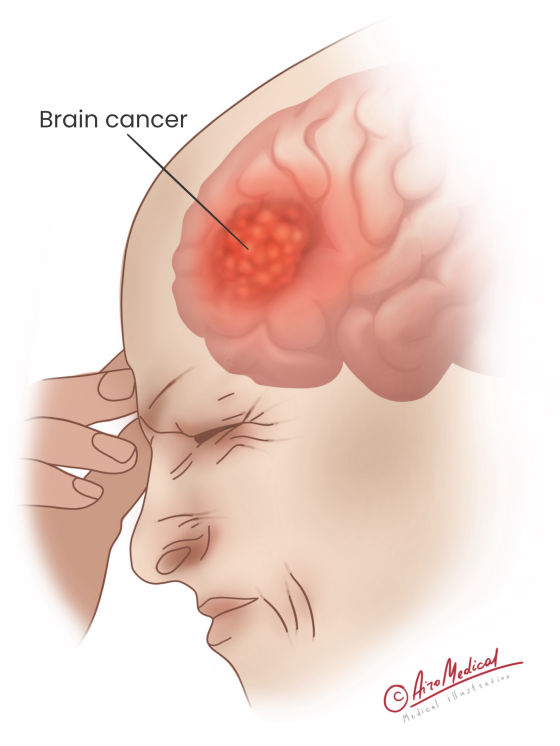 There are more than 80 billion nerve cells in the brain. Glial cells and neurons are the two most important types of brain cells. Even though neurons are the primary cells in the brain, there are more glial cells than neurons in different parts of the brain. 90% of the brain is made up of glial cells, which include several types:
There are more than 80 billion nerve cells in the brain. Glial cells and neurons are the two most important types of brain cells. Even though neurons are the primary cells in the brain, there are more glial cells than neurons in different parts of the brain. 90% of the brain is made up of glial cells, which include several types:
- Oligodendrocytes are what make the myelin sheath that covers axons.
- Astrocytes deliver nutrition to neurons, keep their environment, and provide stability.
- Microglia protect the brain from germs and pick up dead cells
- The ependymal cells make the fluid that surrounds and supports the neurons.
The brain controls how our bodies work from the inside. It also combines impulses and information from the senses to form thoughts, feelings, and memories. The brain lets us know who we are, talk, and move around in the world.
It can do this because it has four major regions:
With the help of its cerebral cortex, the cerebrum gives us conscious control over what we do. The diencephalon coordinates feelings, controls emotions, and gives orders to whole systems inside the body. The cerebellum controls body movements, speech coordination, and balance, while the brain stem sends signals from the spinal cord and controls basic core processes and reflexes.
 What is brain cancer?
What is brain cancer?
There may be abnormal growth in the brain, so doctors look for cancerous brain cells. Brain cancer happens when abnormal cells grow in the brain.
Any part of the brain can be where cancer starts. Most of the time, cancer gets its name from the type of cell it comes from.
Primary brain tumors start in the brain. Secondary brain cancer or brain metastases are tumors that have spread to the brain from another body part.
Primary tumors can be:
- glial (made up of glial cells);
- nonglial (formed on other brain structures, like nerves, blood vessels, and glands).
Some of the most common types of glial tumors are gliomas.
Gliomas are 3 of every ten brain tumors. They can grow in the brain and spinal cord, starting in the gluey cells (glial cells) that help nerve cells work and surround them.
Three kinds of glial cells can make tumors. Gliomas are categorized by the type of glial cell that makes up the tumor.
The kinds of Gliomas are:
- Astrocytomas (one of them, called Glioblastoma multiforme, is the most widespread type of brain tumor in adults)
- Ependymomas,
- Oligodendrogliomas.
Non-glial tumors are:
- Meningiomas,
- Gland tumors (pineal and pituitary),
- Primary lymphomas,
- Medulloblastomas (the most common brain cancer in children)
- Craniopharyngiomas,
- Schwannomas.
The World Health Organization (WHO) has come up with grades. Doctors use grades, not stages (like other types of cancer), when choosing how brain cancer is treated.
85–90% of all brain lumps are primary malignancies of the central nervous system (CNS). About 320,000 people worldwide will get a primary brain or spinal cord tumor diagnosis in 2022. Brain cancer and other nervous system diseases are the 10th most common reason of death for both men and women.
 Why do brain tumors happen?
Why do brain tumors happen?
Scientists don't know why brain cancer starts in the first place. Some possible causes are viruses, faulty genes, exposure to certain toxins and other dangerous substances, and problems with the immune system. Genetic diseases like neurofibromatosis, tuberous sclerosis, or radiation exposure can cause brain tumors.
Who is in danger?
Anyone can get a tumor that develops in the brain or spinal cord, but the risk is shallow overall. Brain tumors are more common in men in their middle years and older. Even though brain tumors are rare in children, they happen more often in kids younger than nine years old, and some tumors run in families. Most primary brain tumors in children are found in young children.
Race (Caucasians are more likely to get a CNS tumor) and job are two other factors that make people more likely to get a primary brain tumor. Brain tumors are more likely to happen to people whose jobs require exposure to radiation or toxins, such as those used to make building materials, plastics, and textiles.
 What are the symptoms of a brain tumor?
What are the symptoms of a brain tumor?
A tumor can cause a wide range of symptoms in older children and adults, such as headaches, convulsions, troubles with balance, and behavioral changes.
- Headaches. Most people with brain tumors have it. Headaches can worsen over time, happen more often or continue all the time, and come back.
- Nausea and vomiting occur without significant causes.
- Seizures. A brain tumor is more likely if a person starts having seizures as an adult for no apparent reason.
- Vision problems, like blurry vision, double vision, or the inability to see out of the side of the eyes, are appearing.
- Symptoms of psychosis include personality, behavior, and thinking changes and troubles with speaking, language, and memory.
- Motor difficulties include muscle weakness or paralysis, coordination problems, or the gradual loss of feeling or mobility in an arm or leg.
- Balance issues include feeling dizzy, having trouble walking, being clumsy, or losing coordination.
When a tumor blocks the flow of cerebrospinal fluid (CSF), which bathes the brain and spinal cord, it can lead to hydrocephalus and high pressure inside the head. It can make the patient feel sick and make them throw up.
Other symptoms can include problems with the endocrine system or regulating hormones, trouble swallowing, facial paralysis and drooping eyelids, fatigue, a weaker sense of smell, or trouble sleeping or sleep changes.
Symptoms may develop gradually over several months or even years if the neoplasm grows slowly or within days or weeks if the malignancy proliferates rapidly.
 How are tumors in the brain found? Diagnostic tests
How are tumors in the brain found? Diagnostic tests
Suppose somebody is thought that have a brain or spinal cord tumor. In that case, the doctor (usually a neurologist, oncologist, or neuro-oncologist) will do a neurologic exam and may order several tests based on signs, medical history, and the results of the medical examination. When diagnostic imaging studies show a tumor, surgery is often suggested to get a tumor sample for a biopsy or to remove it.
A neurological exam
The doctor can do a neurological exam: checks the ability to move and feel, hearing and speech, reflexes, vision, coordination and balance, mental health, and any changes in the emotions or behavior.
A specialist looks at the results of some advanced tests.
Diagnostic imaging
Diagnostic imaging gives clear pictures of the tissues, organs, bones, nerves, and other body parts. This kind of imaging can confirm the diagnosis and help doctors figure out what kind of tumor it is, how to treat it, and if the treatment is working.
- CT scans are no longer the standard way to determine if someone has a brain tumor. But CT scans can find calcium buildup, which causes tissue to harden and become a tumor. They can also often find bleeding or the start of hydrocephalus. Since doctors must do CT scans quickly, such is often used in emergencies.
- Magnetic resonance imaging (MRI), which is more sensitive than a CT scan, is the best way to find brain and spinal tumors. In addition to higher resolution and better anatomical detail, MRI can show blood flow (perfusion) and the density of tumor cells and give better pictures of tumors that are close to the bone. Before a CT or MRI, a contrast agent, like a dye, is usually injected into a vein. After the contrast is given, many tumors are much easier to see on the scan.
- Functional MRI (fMRI) can help determine how far tumors are from different brain functions in other brain parts. It helps doctors plan surgery in structures where essential functions, like language, happen.
- Magnetic Resonance Spectroscopy (MRS) can measure and analyze changes in a tissue sample's metabolism.
- Positron Emission Tomography (PET) tracks and measures how the brain uses glucose, a sugar that the brain uses for energy. Small amounts of radioactivity are attached to glucose and injected into your bloodstream. Because cancerous tissue uses more glucose than healthy tissue, it usually looks brighter on a scan than the tissue around it.
- Single Photon Emission Computed Tomography (SPECT) looks at how blood moves to different body parts. Some tumors make new blood vessels to get more blood and nutrients.
- Angiography can tell the difference between d types of tumors with a unique pattern of blood vessels and blood flow. A dye is put into a major blood vessel, flows to the brain, and a series of x-rays are taken. MRI is often used to look at blood vessels; it's MR-angiography.
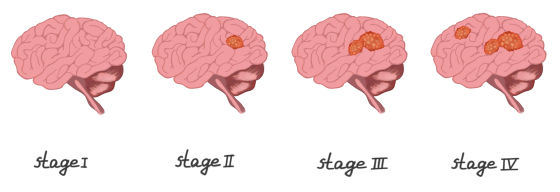
Tests in the lab and elsewhere
Blood, urine, and other samples can be tested to learn more about the tumor and to see how well the treatment works.
- An EEG, "electroencephalogram," looks at brain activity through the skull (tumors can alter brain wave activity and cause seizures).
- A spinal tap (a lumbar puncture) or CSF analysis takes a small amount of cerebrospinal fluid from the back of the spine with a special needle. The liquid is looked at for abnormal cells or high or low levels of molecules like glucose and protein, which could be signs of a brain.
- A brain biopsy aims to determine what is wrong if an MRI or CT scan shows something suspicious. It is done by taking a sample of tissue. Most of the time, there are two types of biopsies: open biopsies and stereotactic needle biopsies guided by a computer.
- Magnetoencephalography (MEG) measures the magnetic field created by nerve cells in the brain to learn how the brain works.
- A neuro-ophthalmological exam checks for signs of a tumor that might be impacting the eyes.
- Endocrinological testing to see how hormones work.
Where to treat brain cancer?
 Treatment methods for brain cancer
Treatment methods for brain cancer
The multidisciplinary healthcare team will suggest a treatment plan based on several criteria. Where the tumor is, what kind it is, how big it is, and how aggressive it is, as well as your medical history, age, and overall health are all critical. Malignant tumors need the brain cancer treatment options we will tell below, but small benign tumors may only need to be watched.
The doctor may treat a CNS tumor at first with a variety of drugs to treat or ease symptoms:
- Anticonvulsants are used to treat seizures or keep them from happening.
- Painkillers help to decrease pain.
- Steroids or other anti-inflammatory drugs help reduce swelling and improve blood flow.
- Antidepressants treat anxiety or depression that could occur after a confirmed diagnosis.
- Anti-nausea drugs prevent vomiting.
Standard approaches include:
Drugs used in systemic chemotherapy kill cancer cells by stopping new lump cells from growing and dividing. Most of the time, the number of cycles in a chemotherapy regimen for brain cancer treatment is scheduled. Neo-adjuvant therapy helps shrink tumors before surgery (a first step treatment to shrink a tumor before the primary treatment). Adjuvant therapy is chemotherapy after surgery or radiation (treatment in addition to the primary treatment).
In Targeted therapy, drugs look for the changes in cells that cause them to become cancerous. Among targeted therapies are:
- Compounds that stop blood vessels from growing and stop oxygen and food from getting to the tumor.
- Oncogenes are changed genes involved in cell growth and cause normal cells to divide out of control and become cancerous.
- Kinase inhibitors are proteins that stop growth-signaling enzymes from working without hurting normal cells. They may make CNS tumors more responsive to chemo.
Immunotherapy uses the body's immune system to treat a tumor. When cells become malignant, they take on new qualities that the immune system sees as foreign. Immune drugs help the body find these cells and kill them.
With high-energy x-rays, the mass of the tumor can shrink. It can treat tumors that can't be reached by surgery or cancer cells that may still be there after a surgical procedure. Radiation treatment can be given outside the body using focused beams of energy. Or, they can be sent to the tumor with a surgically implanted device.
Neurosurgery is a top way to treat cancer. Cancer and some healthy tissue around it are cut out during surgery. There are different kinds of operations, such as:
- Open surgery for brain cancer with trepanation of the skull: Part of the skull is removed, and the surgery is done on the brain.
- Neuroendoscopy is when the lump is taken out through a small hole drilled in the head. An endoscope, a medical tool with a tube and a camera, is used to do this.
- The transsphenoidal approach is suitable for pituitary tumor removal through the nose.
Brain surgery may seem scary, but it is usually safe and is done by some of the best neurosurgeons in the world.
What clinics are suitable the best?
 New ways to treat illness
New ways to treat illness
It can be hard to treat brain cancer successfully. If the tumor is close to essential body parts, it can make surgery harder. Even if the surgeon can remove cancer, some cells may remain. Radiation therapy can hurt even healthy tissue.
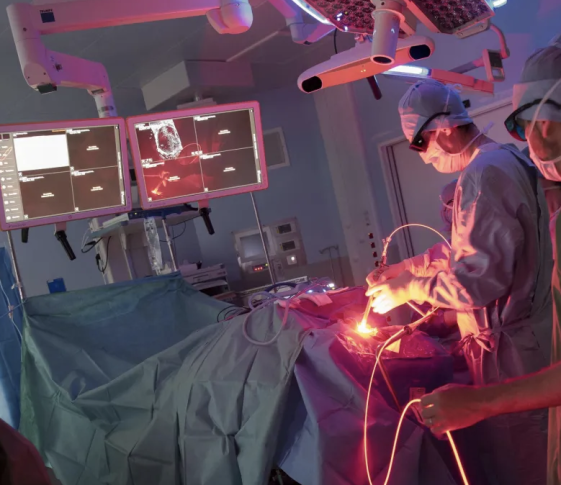 But in the last 25 years, scientists have helped many people with brain tumors live longer and better lives. These improvements include better surgeries, a better understanding of types of tumors that respond to chemotherapy and other drugs, and a more targeted way to give radiation therapy.
But in the last 25 years, scientists have helped many people with brain tumors live longer and better lives. These improvements include better surgeries, a better understanding of types of tumors that respond to chemotherapy and other drugs, and a more targeted way to give radiation therapy.
- Dendritic cell vaccination is a targeted treatment. It uses taking out and manipulating parts of a patient's immune system (dendritic cells). Dendritic cell therapy makes it more likely that the immune system will find and kill cancer cells that it might not have noticed before.
- CAR-T cell therapy is a particular type of immune therapy that uses cells from the patient’s bloodstream. First, self-cells are changed to find and attack the specifics of protein in brain lumps. Then, the modified cells return to the patient.
- The Optune® device is a powerful transducer at the neoplasm's site. There are electric fields made that can kill some cancer cells or stop them from dividing.
- Radiosurgery (CyberKnife, GammaKnife) is an option for surgery that uses direct radiation treatment to kill the neoplasm. Both are good ways to treat high doses of radiation with submillimeter accuracy. But the GammaKnife can only deliver radiation from a limited number of angles, while the CyberKnife can do so from any direction.
- Proton therapy sends a beam of high-energy protons straight to the tumor site. The radiation doesn't go anywhere else. The doses are the same as standard radiation. Still, proton beam radiation is better for treating lesions near critical places like the brain stem and spinal cord. This treatment can be used by itself, chemotherapy, or after surgery as a follow-up.
- Linear-accelerated radiosurgery (LINAC) prepares and fires a solitary beam of high-energy x-rays into the tumor using technology similar to radar. It shapes the shaft to fit the tumor shape and doesn't hit healthy tissue nearby. A uniform radiation dose is then shot into the tumor by a particular machine that spins around the head.
- MRI-guided stereotactic laser ablation is a minimally invasive neurosurgical brain cancer treatment. First, the neurosurgeon uses an electrode and a laser to seal off the cancerous area. The doctor can then control what he does in real time with the help of MRI control.
Doctors try to lessen the effect on healthy brain tissue using these different methods. But in some situations, it may be best to use a mix of more than one method.
Who can help?
 Statistics and prognosis
Statistics and prognosis
Answering the question, “Is brain cancer curable”? Turn to the statistic.
Brain tumor survival depends on several things. We provide overall statistics based on large groups of people. Brain cancer survival depends on many things, like the type of cancer, its grade, where the tumor is, how big and round it is, and how old the patient is.
The National Cancer Institute keeps track of survival rates based on how far along the disease is. For example, brain cancer is found at the local stage in 76.9% of cases (sometimes called stage 1). Localized brain cancer and other nervous system cancer have a 55.1% chance of being alive after five years.
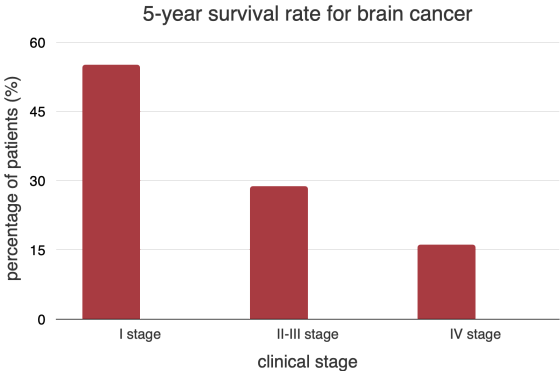
Brain tumors are a problem for both the patient and the family. Patients worldwide can often find effective treatments when their local doctors can't help. AiroMedical helps people with brain cancer choose and plan their treatment.
References:
- NIH: Cancer Stat Facts: Brain and Other Nervous System Cancer
- Cancer Research UK: Treatment decisions
- Cancer.Net: Brain Tumor: Statistics
- Healthline Media: Brain Cancer
- WebMD: Brain Cancer Treatment
- BioMed Central: Dendritic Cell Therapy of Primary Brain Tumors
- CITY OF HOPE: CAR-T Cell Therapy for Brain Tumors
